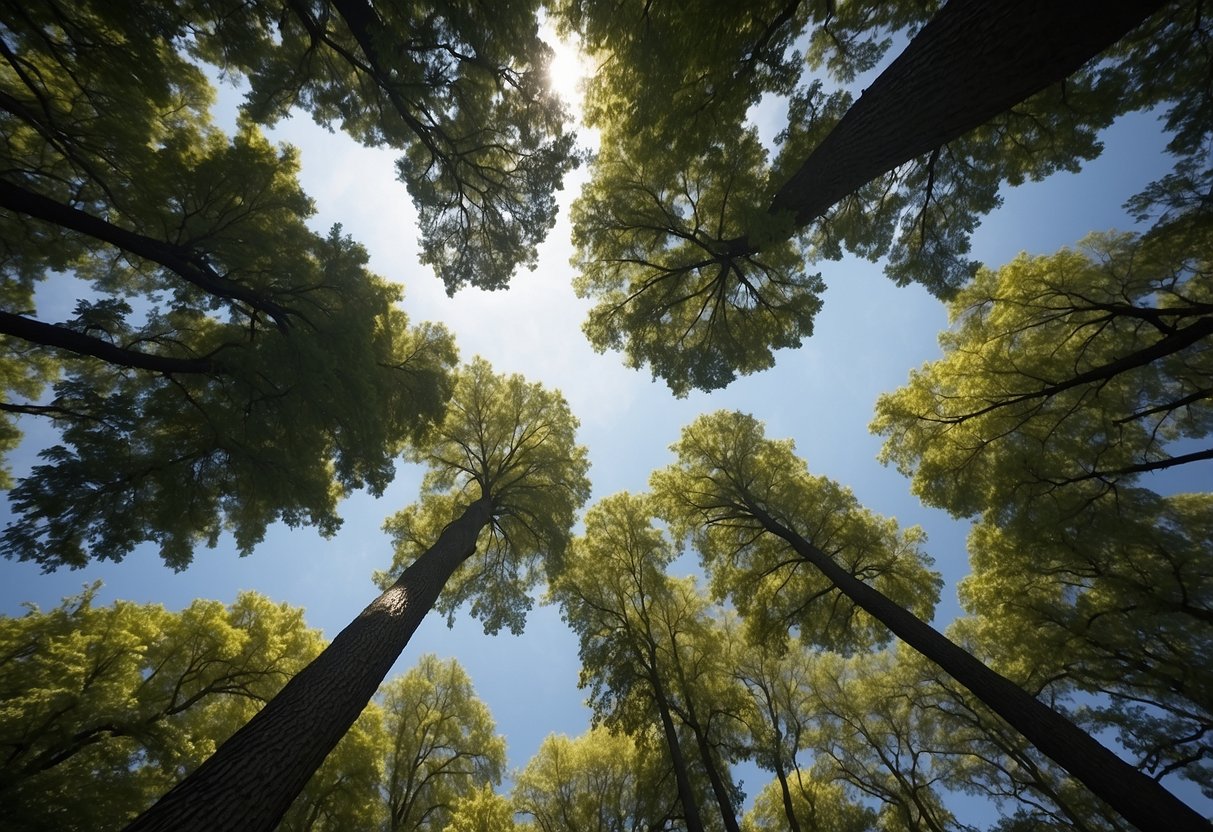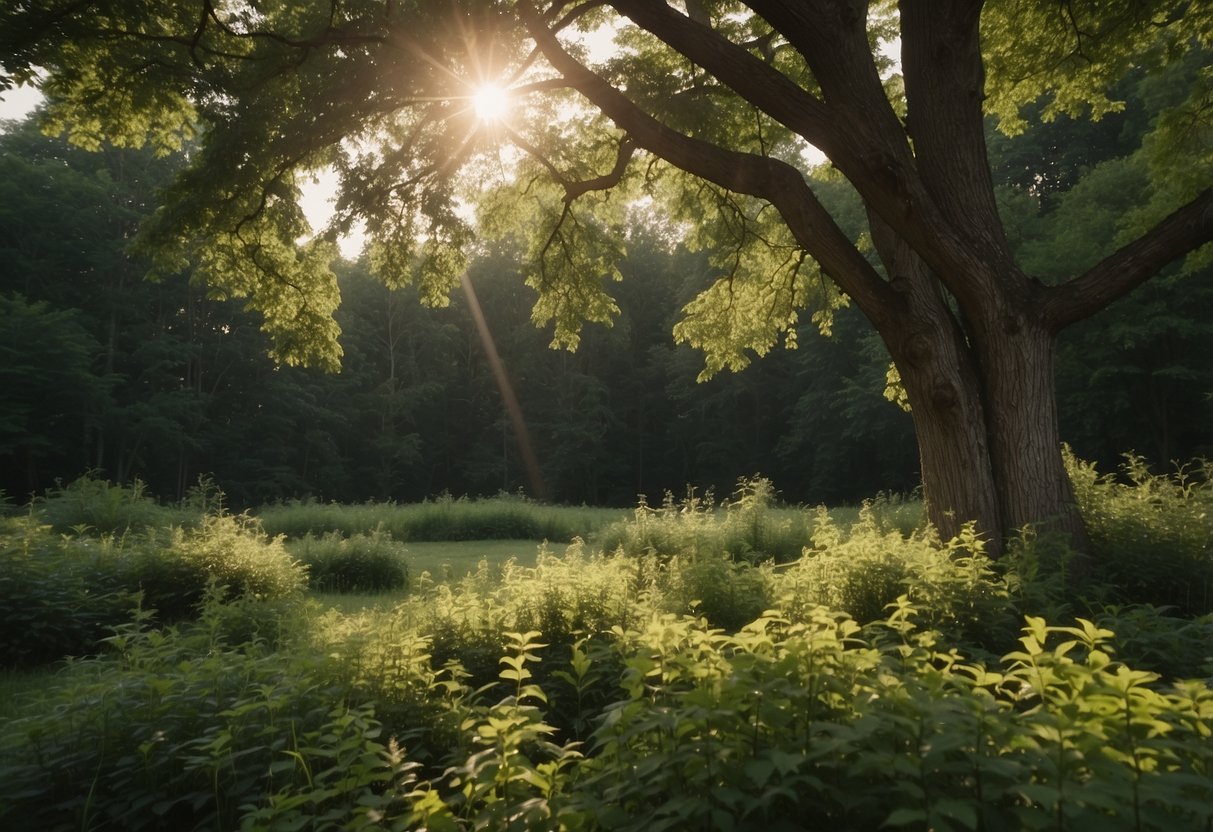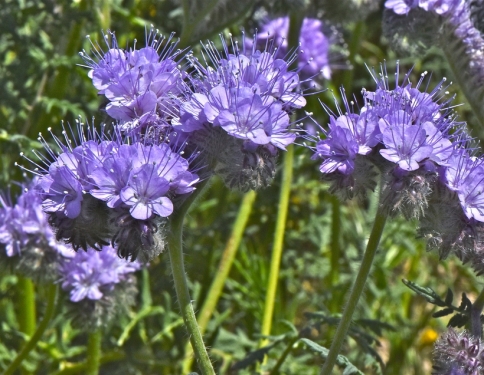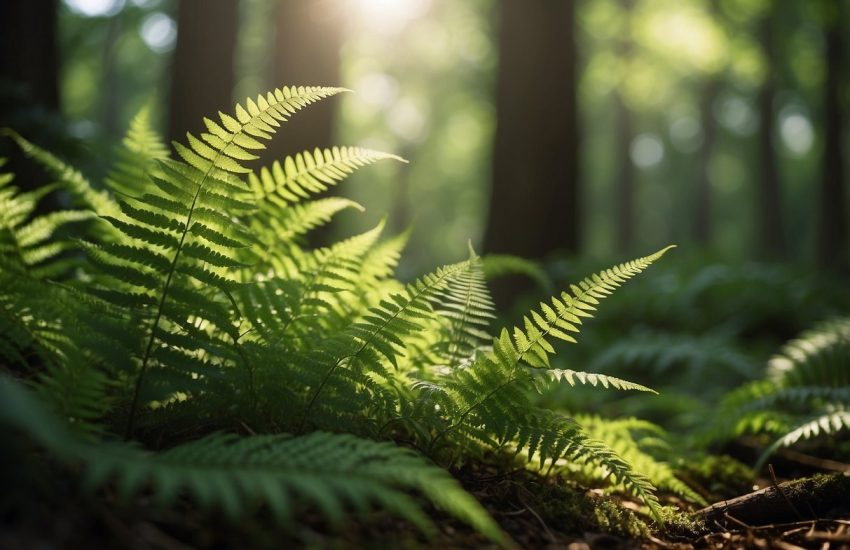Fast Growing Trees in Indiana: Best Varieties for Your Landscape
Indiana is a state with a diverse range of landscapes, from the rolling hills of the southern region to the flat plains of the north. As such, it can be challenging to find trees that will thrive in all parts of the state. However, there are several fast-growing trees that can be planted in Indiana that will not only survive but thrive in the state’s climate and soil types.

Fast-growing trees are an excellent choice for those who want to quickly add shade, privacy, or beauty to their yard or garden. These trees can grow as much as several feet per year, making them an ideal choice for those who want quick results. Additionally, fast-growing trees are known for their ability to absorb carbon dioxide from the atmosphere, making them an excellent choice for greening Indiana.
When choosing fast-growing trees for Indiana, it is essential to consider the climate and soil type in your area. Some trees may do better in the southern part of the state, while others may thrive in the north. By selecting trees that are well-suited to your specific location, you can ensure that they will grow and flourish for years to come.
Selecting the Right Fast-Growing Trees for Indiana
When selecting fast-growing trees for Indiana, it is important to consider the state’s unique climate and soil conditions. With the right tree species, homeowners can create a beautiful landscape and provide wildlife habitat, privacy, and shade. In this section, we will discuss some important factors to consider when selecting fast-growing trees for Indiana.
Considering Indiana’s Climate and Soil
Indiana’s climate is classified as humid continental, with hot summers and cold winters. The state is located in USDA hardiness zones 5 and 6, which means that temperatures can drop to -20°F in winter. The state also experiences a wide range of soil types, including clay soil and acidic soil.
When selecting fast-growing trees for Indiana, it is important to choose species that can tolerate the state’s climate and soil conditions. Some of the most popular fast-growing trees for Indiana include the tulip tree, sugar maple, eastern red cedar, pin oak, river birch, hackberry, quaking aspen, eastern white pine, and red oak. These trees are all native to the Midwest and can thrive in Indiana’s climate and soil.
Native and Adaptable Tree Species
Native tree species are well-suited to Indiana’s climate and soil conditions. They have evolved over time to thrive in the region’s unique environment and provide important wildlife habitat. Some of the most popular native fast-growing trees for Indiana include the tulip poplar, pawpaw, northern red oak, northern catalpa, American beech, American sycamore, and American elm.
In addition to native species, there are also many non-native tree species that can adapt well to Indiana’s climate and soil conditions. These species can provide a beautiful landscape and may have other benefits, such as producing fruit or providing shade. Some popular non-native fast-growing trees for Indiana include Leyland cypress, white pine, and various fruit trees.
Trees for Specific Purposes
Homeowners may select fast-growing trees for a variety of purposes, such as windbreaks, living fences, privacy screens, or ornamental purposes. When selecting trees for these purposes, it is important to consider the specific needs of the homeowner.
For windbreaks and living fences, homeowners may want to select evergreen trees such as Leyland cypress or white pine. These trees can provide year-round protection from wind and can also serve as a living fence to provide privacy.
For ornamental purposes, homeowners may want to select flowering trees such as the flowering dogwood or other specimen trees. These trees can provide a beautiful landscape and can also attract pollinators such as bees and butterflies.
In conclusion, selecting the right fast-growing trees for Indiana requires careful consideration of the state’s climate and soil conditions, as well as the homeowner’s specific needs. By choosing native or adaptable tree species, homeowners can create a beautiful landscape that provides important wildlife habitat, privacy, and shade.
Benefits and Considerations for Planting

Environmental Impact and Benefits
Planting fast-growing trees in Indiana has a range of environmental benefits. These trees can help reduce soil erosion, improve air quality, and provide a habitat for wildlife. They can also help to reduce the urban heat island effect by providing shade in urban environments. Moreover, fast-growing trees can help to green Indiana, which is essential for the state’s ecological health.
Fast-growing trees are also low-maintenance, making them an excellent choice for gardeners who want to add trees to their landscape without having to spend a lot of time caring for them. These trees require minimal pruning and can grow in a variety of soil types, which makes them an ideal choice for homeowners who want to plant trees but are not sure which type of soil they have.
Maintenance and Growth Factors
When planting fast-growing trees in Indiana, it is essential to consider the tree’s growth factors and maintenance requirements. These trees can grow to be quite large, so it is important to plant them in an area that can accommodate their size at maturity. It is also important to consider the tree’s fruiting and flowering season, as well as its susceptibility to diseases such as Dutch elm disease.
Fast-growing trees can have varying pH requirements, so it is important to test the soil and ensure that it is suitable for the tree species being planted. Additionally, some fast-growing trees may require more water than others, so it is important to ensure that they are planted near a water source.
In summary, planting fast-growing trees in Indiana can provide a range of environmental benefits, including reducing soil erosion, improving air quality, and providing habitat for wildlife. These trees are also low-maintenance and can grow in a variety of soil types, making them an excellent choice for homeowners who want to add trees to their landscape. However, it is important to consider the tree’s growth factors and maintenance requirements before planting to ensure that it can thrive in its new environment.


